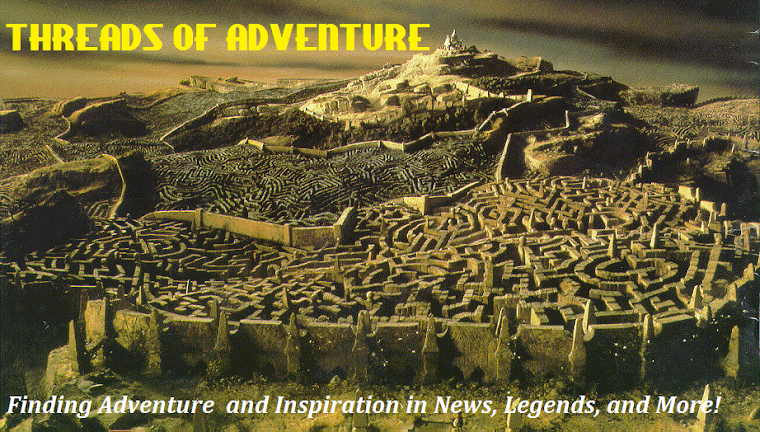I've said it before, and I'll say it again--we should fund a spaceship Kickstarter for a REAL spaceship. It's by no means a new idea, but someone has finally made a case for a workable plan.
The founder of the
Build the Enterprise website, BTE Dan, says he's got an idea to build the starship Enterprise (or a reasonable version of it) to fly in actual outer space in
20 years.
Granted, there will be a few concessions (i.e., no warp speed) but he contends that the technology and know-how to construct an interplanetary space vessel exists--and we can do it in just two decades.
From the Build the Entperise FAQ:
Q: BTE-Dan, do you really think it’s technically possible to build the USS Enterprise over the next two decades?
A: Yes. It’s within our technological reach to build a full-sized Enterprise with 1g gravity. This Gen1 Enterprise can go on missions to key points of interest in our solar system, like Mars and Venus. It will be the biggest ship of any kind ever built by humans, and it will be larger than the tallest building in the world. It’s possible to build the Enterprise, and it would be a monumental achievement for us humans who inhabit the planet earth.
Q: How would building the Enterprise alter our manned space program?
A: The USS Enterprise from Star Trek is a cultural icon, and we should latch part of the US space program on to this icon and build from there. We need a far grander vision of what we should be doing to get humans up into space and how we might gain a permanent foothold there. If we aren’t going to get a sustainable presence up there, then we should stop spending money for putting humans into space and instead focus on robotic missions like sending more advanced rovers to Mars, Venus, and elsewhere. If we are going to ask taxpayers to pay billions of dollars for projects to put Americans into space, it should be for an idea that they can relate to and be inspired by. The general form and characteristics of the spaceship should be inspirational – and building the first generation of USS Enterprise would surely be inspirational.
Q: Well the ship is inspired by the Star Trek Enterprise, but it’s not the same. Please explain why it’s different.
A: It’s different because the technologies we have to work with in the first half of the 21st century are much different than the technologies that will exist in the 23rd century when Star Trek is set. We can only dream of what technologies may exist by then. So we can stay as true to the themes of the Enterprise ship as is possible given our technological limitations. We have to re-configure interior sections of the ship quite a bit. But it will still be a magnificently impressive ship. When completed, and given the missions that it will be capable of doing, it will be as inspirational as putting astronauts on the moon in 1969.
He makes a reasoned argument for realizing a spaceship, (I'll give him that!) though I think with it would likely take about twice that time to shake out any technical snafus along the way. Still, that's a mere fraction of the 2 and a 1/2 centuries that the Star Trek series postulates the possibility of the Enterprise. And really, who would give up cruising around the solar system in their own hot rod?
Here's a video of a proposed artificial gravity wheel to accomodate human habitation on long journeys. It's a neat solution that essentially turns the manned areas of the ship on it's side.
If only we could get an
X Prize to build one of these!
Links:



















